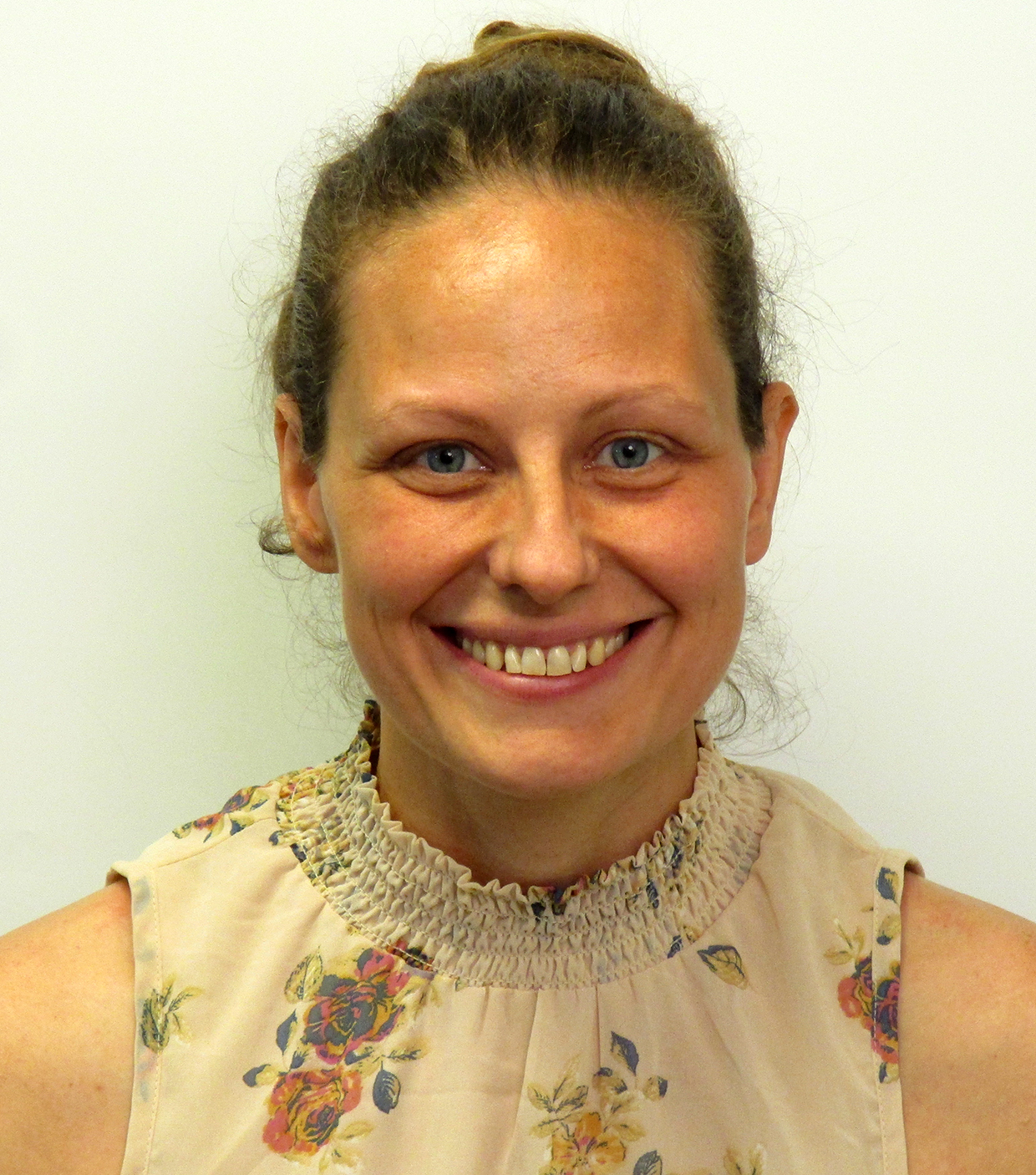Human Biology (BIO 160) is an introductory class that can be taken by students as a science credit and also is a requirement for some health-related programs at SC4.
Brandis Hubbard, professor of biology, is running a new virtual reality course this fall where students will be meeting with their instructor in a virtual classroom twice a week using Oculus Quest Headsets.
“When I began my teaching career at SC4, I was struck by the number of students that struggled to get to class for various reasons; including travel time, weather, and work or family constraints,” said Hubbard. “I felt VR technology would be a huge asset to these students.”
Students also will have access to the virtual space outside of class times where they will complete lab work by recording themselves in VR and submitting their work via Canvas, SC4’s online classroom platform.
Oftentimes anatomy can be hard to visualize for students – using mostly one-dimensional images within the textbook. The use of models or cadavers can be very helpful but come with their own limitations – like not being able to see the exact movement a muscle makes or how that movement effects/interacts with other body parts.
VR technology allows class attendees to be in the room and interacting with the professor in real time. The technology, while fun and exciting, does a great job of educating a student in a way that even goes beyond being in the classroom.
According to Hubbard, “VR technology overcomes the limitations we find with text images, models, and cadavers, in a fun and interesting way, leading to a better understanding of the material.”
Specifically, within the VR space, students will be able to interact with the human anatomy as if it were a model of an entire body in the classroom but with the added benefit of being able to make some parts transparent (to see the relation to other parts), making “cuts” across the body to see the relationships between parts from a different angle, and most impressively, being able to put themselves in front of and inside of different organs as they are functioning.
One example experience is to watch a beating human heart, remove a layer to see the blood pumping through the different vessels and chambers, overlay the electrical impulses that cause the heart to pump/beat and see how those electrical impulses cause the muscles of the heart to pump blood, all while noticing how the valves work within each vessel or chamber.
SC4 is one of a few higher education institutions using VR technology to teach and research has shown it improves student engagement, interest, and understanding of the material. “SC4 is proud of Professor Hubbard for her pioneering efforts to bring the latest technological learning experience to our students,” said Ethan Flick, chief academic officer – arts and sciences.
Moving forward, Professor Hubbard hopes to offer VR in other biology courses that are required for health professionals such as registered nurses, medical doctors, and physician assistants.
“I am very pleased to bring this exciting learning technology to the students at SC4,” said Hubbard. “I hope the course will prove beneficial to those training for future health careers.”
Registration for fall semester is now open and seats are limited for the BIO 160-64 VR section. Check out a full list of classes being offered at sc4.edu/schedule.
New to campus, visit sc4.edu/starthere. Professor Hubbard and the SC4 campus community look forward to welcoming you to campus in August.




